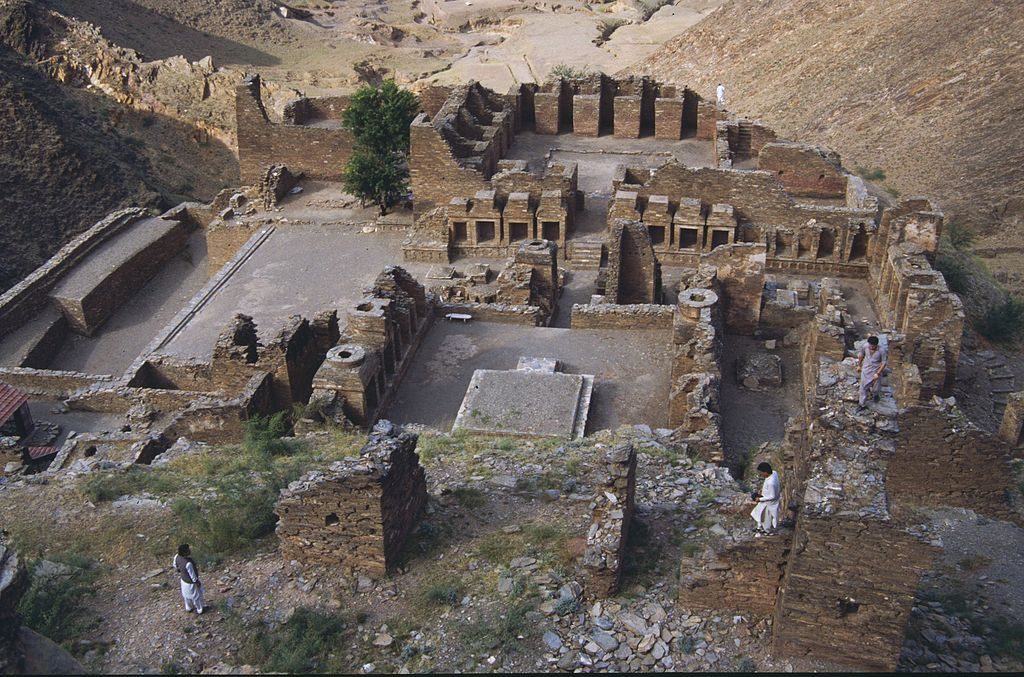Thusness (tathata),
the inconceivable as-it-is-ness of reality
A new engagement with the concept of emptiness
Mahayana is often described as having extended the Buddha’s doctrine of anatman (“no-abiding self” or simply “no-self”) to all “things” (dharmas), both the things we see in our everyday lives, and the atom-like “building blocks” these things are made of. Nagarjuna (150-250 CE) pioneered this development with a systematic analysis of emptiness as absence of “inherent existence” (svabhava). His radical understanding of sunyata (emptiness) has shaped the teachings of successive Mahayana schools until modern times.
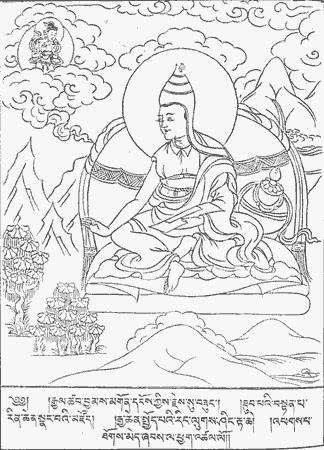
In the 4th century CE, Asanga, a monk, and his more philosophically inclined half-brother Vasubandhu, founded the Yogacara school, which carried out a similar philosophical inquiry into the concept of emptiness. By then, the Gupta Dynasty was on the rise to establish what is regarded as the Golden Age of India, a period which saw the flowering of Hinduism, which in time led to a decline of Buddhism in India. This, of course, was also the period when Buddhism was becoming influential in China.
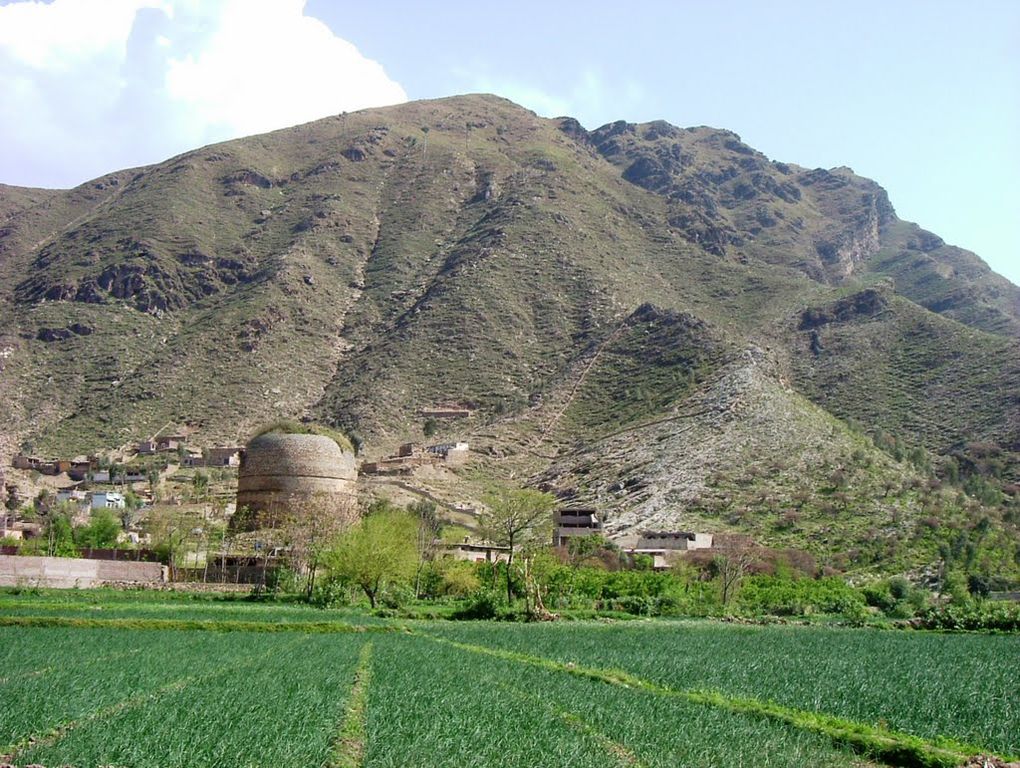
Both Asanga and Vasubandhu were born in Purusapura (present-day Peshawar, Pakistan) then the capital city of the ancient kingdom of Gandhara), whereas Nagarjuna and his disciples in the Madhyamaka School, had lived in what is now the south-eastern state of Andhra Pradesh. Tibetan Buddhists see the Madhyamakas as more radical in their understanding of emptiness than the Yogacaras, but Western scholars tend to regard the Yogacaras’ insights as more sophisticated than those of the Madhyamakas, perhaps too sophisticated and complex, since there are relatively few studies of the Yogacara school in the West!
The challenge for both schools was to comply with the pledge involved in the Bodhisattva Vow, best encapsulated in the Diamond Sutra’s often repeated verse: “No one can be called a bodhisattva who creates the perception of a self or who creates the perception of a being, a life, or a soul.” In other words, the bodhisattva was meant to help liberate others through teaching, requiring the use of words, even though the very use of words was said to generate a substantial conceptual overlay on our perception of reality, thereby obscuring our grasp of things “as they are”? A concomitant issue, for both schools, was to stay clear of the assumption that “nothing exists at all on any level,” as this would amount to falling into the extreme of nihilism.
An investigation of consciousness processes based on meditation
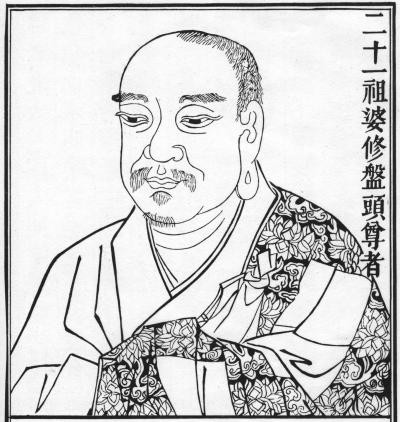
Little is known of the two founders of the Yogacara school. According to Peter Harvey, “Asanga’s writings were deeply rooted in the practice of dhyana,” that is, meditative concentration. This is reflected in the name of the school: “Yogacara” means the “Practice of Yoga.” Whereas Nagarjuna and his disciples used a dialectical approach, based on the analysis of the various meanings of svabhava, Asanga derived his insights from lengthy periods of silent meditation, observing how perceived phenomena arise as mental constructions. He also focused on the psychological processes at the root of these mental constructions, describing the various levels of consciousness, including the all-important alaya consciousness, where karma “seeds” are “stored,” a study we have come to associate with modern day psychoanalysis and neuroscience. Among the many texts said to include Yogacara ideas, the Samdhinirmokaya Sutra, composed between the 1st and 3rd centuries CE, is regarded as Yogacara’s most important source, containing presentations of its basic concepts – the Three Natures (trisvabhava), the basis – or storehouse – consciousness (alaya-vijnana) and the doctrine of Appareance-Only (vijnapti-matra). Asanga wrote a commentary of this sutra, but it is through the works of Vasubhandu – a Sravaka practitioner until he was converted to Mahayana by Asanga – that Yogacara became an influential school in East Asia. A clear and most readable presentation of the tenets of the school is found in Vasubandhu’s Twenty Verses and Thirty Verses. The Lankavatara Sutra, which developed from around 300 CE, also includes Yogacara ideas in what Peter Harvey describes as “its unsystematic summary of Mahayana teachings.”
The Three Natures (trisvabhava)
Harvey contrasts the Madhyamaka’s concept of “two levels of truth” with the Yogacara concept of “three apparent ‘natures’” – the three svabhavas. When presented in the context of Madhyamaka philosophy, svabhava was said to have three different meanings – unchanging essence, inherent existence, and ultimate reality. This had led to a problem arising in the Madhyamaka school, when ultimate reality – understood as emptiness – was described precisely as the absence of svabhava (in its two other senses of unchanging essence and inherent existence). This may have been the problem Yogacara was attempting to overcome in its presentation of the Three Natures as reality viewed from three different perspectives, each grasping a different degree of reality.
In Harvey’s presentation, “The first of the three ‘natures’ is the parikalpita, the ‘(mentally) constructed’ or ‘imagined’.” This is what is otherwise described as the process of conceptualisation. In a process going back to millennia of growth of reflective consciousness, re-enacted by all of us in our early years, all we have to start with is a flow of experiences, colours, shapes, etc – that which William James called a “big blooming buzzing confusion.” In order to communicate with others and make sense of the world, we carve out “forms” that we call “things.” Philosophers call them “concepts.” Forgetting that we ourselves created these “forms,” we take them to be “real permanent essences” existing outside of us, independently of our minds. This erroneous view of the world is what Nagarjuna called “the world of “conventional usage” mediated by language.”
“The second ‘nature’ is the paratantra, the ‘other-dependent’.” Vasubandhu describes it as “that which appears, in opposition to the way in which it appears, which is the first nature, the conceptualized nature” (Williams). It is the basis for the erroneous carving of the flow of experiences into what appears to be inherently existing “things.” “Other-dependent” is a reference to the Buddha’s doctrine of co-dependent origination whereby all things – that is, the mental forms we construct as things – arise in our consciousness as pairs of opposites – hot and cold, male and female, birth and death, good and evil. All these are constructs produced by our minds – arising co-dependently and therefore empty of inherent (independent) existence.
This was the point made by Nagarjuna when he stated that “it is dependent origination that we call emptiness.” Yogacara seemingly goes beyond a mere equation between emptiness and co-dependent origination, to focus, instead, on co-dependent origination as the causal process whereby the original flow of experiences is turned into a world of mental constructs. This point is crucial, because as the causal process of falsification leading to the “constructed” first nature, this process “requires a really existing basis … There must be a real basis, for without a real basis erroneous construction, the conceptualized nature could never take place. If the dependent nature as basis did not exist, then likewise liberation, seeing things the way they really are, also could not occur. There would be simply universal non-existence” (Williams). It is in this sense that the doctrine of the Three Natures has been described as “the antidote to a nihilistic interpretation of emptiness.” That “basis” is the alaya consciousness acting as a substratum consciousness, its function as repository of karmic material, and its activity as shaping the outer layers of active consciousness, a process that turns a non-dual flow of perceptions into a dualistic apprehension of “things” apparently existing outside of us, as objects that would be seen by a subject.
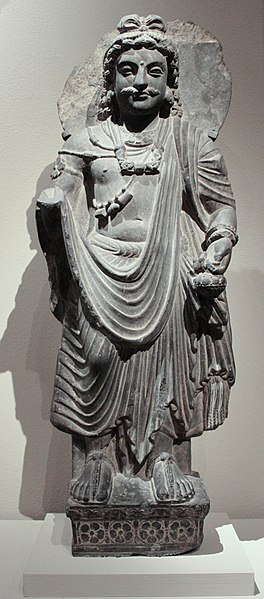
“The third and highest “nature” is the parinispanna, the “absolutely accomplished,” or “perfected nature” as Williams and Jonathan C. Gold call it. “This is the absolutely real level, devoid of the subject/object duality, in which knowledge is perfected due to directly knowing the world as “representation only”(vijnapti-matra). For this reason, Yogacara is also called the “Representation Only” (vijñaptimātra) school. This third “nature” “is also known as thusness [or suchness] (tathata), the inconceivable as-it-is-ness of reality” (Harvey).
For Vasubandhu, “the three natures are all one reality viewed from three distinct angles. They are the appearance, the process, and the emptiness of that same apparent entity.” These could be said to be of “varying degrees of adequacy.” Thusness, as the ineffable, inconceivable as-it-isness of reality, is, however, “the very nature of reality,” which, Harvey says, can be “known only by Buddhas.” That is, it can only be attained through practice since the dualistic view conveyed by reflective consciousness needs to be overcome.
The Three Natures as applied to the self
In his presentation of Vasubandhu’s Yogacara writings, Gold takes the self as an example to explain the Three Natures, or aspects. What appears as First Nature is what has been described as the illusion of having a little being perched on one’s head, acting as the agent of one’s thoughts and actions. In modern terminology, this is one’s “self” as grasped from the outside as an object by the reflective consciousness. Young children sometimes refer to themselves as “baby walking, baby helping,” betraying the fact that they are learning to view themselves from the outside. Note that this self seen as an “object” is only an image – an ego-self. It is not our true subjectivity, which is a process, an activity, never a substantial object.
The Second Nature is the “causal story” which has brought this imagined self into view – dependent origination. Early Buddhists explained that what we took to be a self, was the product of the five aggregates, all five devoid of inherent existence and co-dependently produced as a serial causal chain. In the Yogacara, Gold says, “this causal story is entirely mental.” Karmic seeds planted by previous deeds within the mind’s continuum lead me to believe that “I am perceiving things, which, in turn make me think I have a self.” The process is not unlike that described in psychoanalysis, when it explains how past traumas, personal as well as collective, leave traces in our unconscious that shape the way we see ourselves and the world.
“Finally, the Third Nature is the non-existence of the self [as a “thing”], the fact that it does not exist where it appears.”
Emptiness as the non-dual substratum consciousness
The huge challenge of presenting the world as both empty of inherent existence, and still really existing is here met with a new response. The Madhyamakas based their inquiry on the constrast between inherent (or independent) existence, erroneously projected on things by reflective consciousness, and conditioned arising, their genuine nature as the conceptual products of our minds. As existence was defined as existing from “one’s own side,” free of the aleas of changing conditions, conditioned arising was equated with lack of existence, i.e., emptiness. Emptiness was therefore said to be the ultimate non-existence of the things we see.
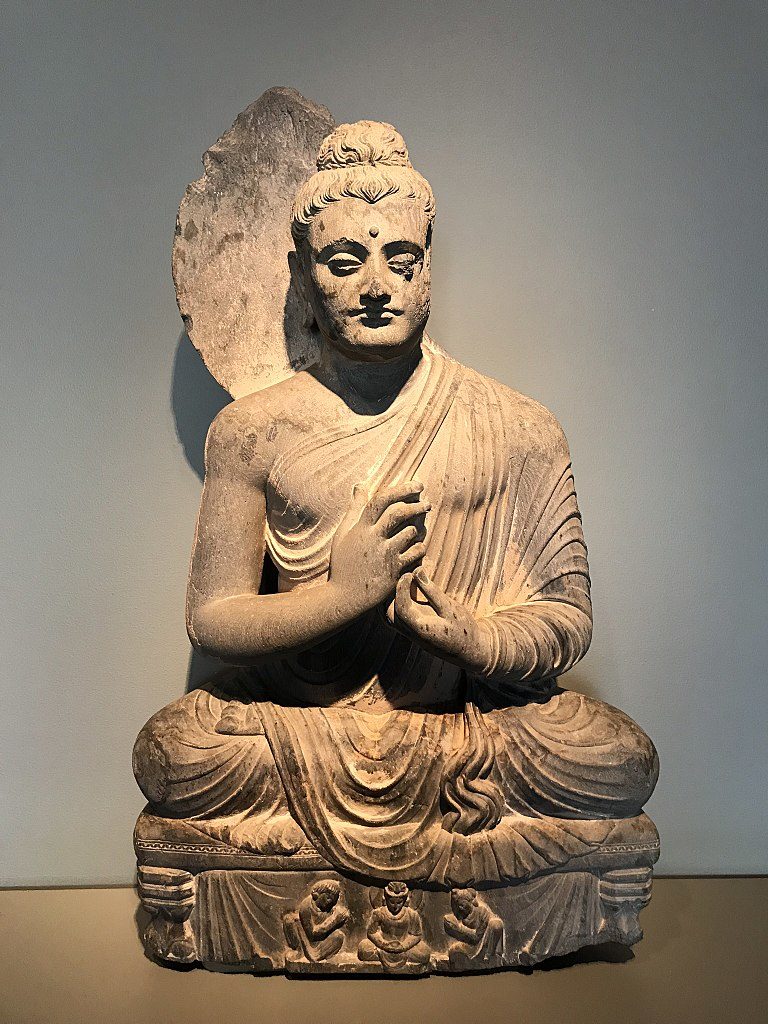
Yogacara instead asserts that “reality … is empty of duality but not empty of existence.” Emptiness is now equated with the non-dual, and constrasted with our erroneous “dualistic” apprehension of the things we see. This redefinition of emptiness was arrived at through a sophisticated analysis of the processes of consciousness. When it is said above that “there must be a real basis, for without a real basis erroneous construction, the conceptualized nature, could never take place” is a reference to the activities of the alaya consciousness and its shaping of the outer layers of active consciouness, which constitutes what has also been called “the imagination or construction of the non-existent.”
The Madhyamakas said that the accomplished bodhisattva “sees emptiness in the very same perceptual act as he sees objects” (Williams). Though the word “tathata” goes back to the Buddha who referred to himself as the Tathagata, the one who has thus gone (beyond duality), Yogacaras liked to use the term, translated as “thusness” or “suchness,” to refer to a direct grasp of “things as they really are” in the non-dual deeper layer of our consciousness. Since things always appear to our consciousness in their dualistic forms, seeing them in their “thusness” could be described as seeing them from the standpoint of emptiness (the non-dual) at the same time as you see them from the standpoint of duality. Something akin to this took place among the Greeks where life could be seen as “zoe,” the cyclic process including birth and death, so beyond the duality of birth and death, at the same time as seeing it as “bios,” one’s finite and individual life, ending in death. In fact, it is not so much a matter of “seeing” as it is a matter of “experiencing,” another way of living life. The ability to see “zoe” as embracing “bios” radically changes the way we feel. Ultimately, living not “our” lives, but “life” as such, as a process of which we are a part, is living it in the moment, without fear or anticipation, experiencing it as it unfolds right now. It is a life lived in the ineffable suchness of the non-dual, which embraces the dual, and grounds it.
Sources
Peter Harvey – An Introduction to Buddhism: Teachings, History and Practice (2013)
Paul Williams – Mahayana Buddhism: The Doctrinal Foundations 2nd edition (2009)
Jonathan C. Gold – Vasubandhu – Online Stanford Encyclopedia of Philosophy
